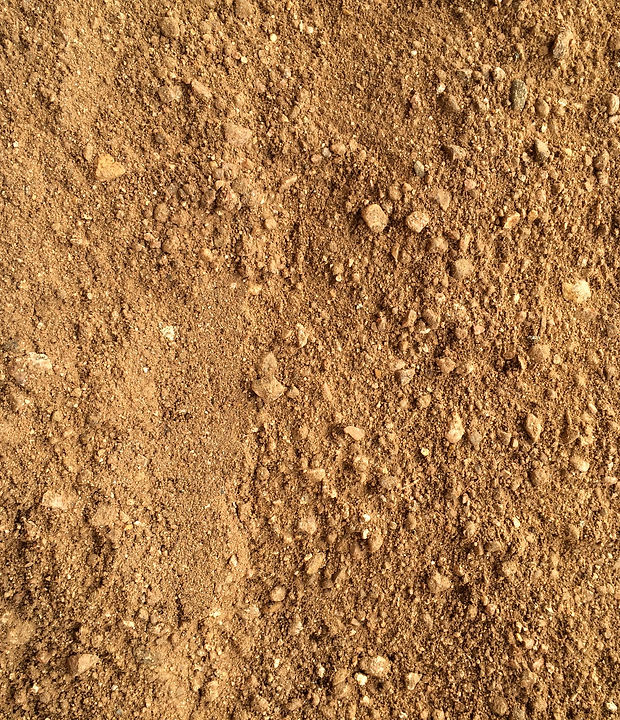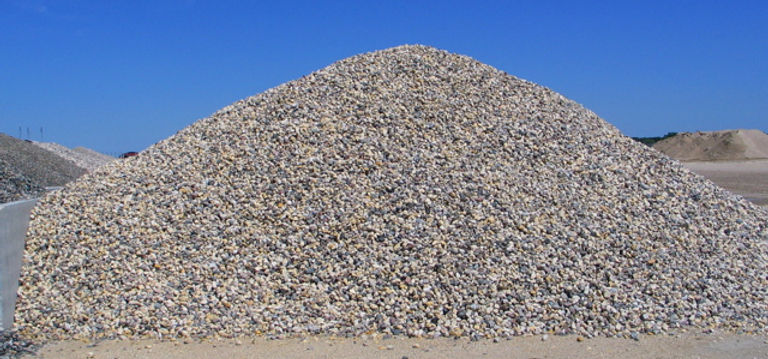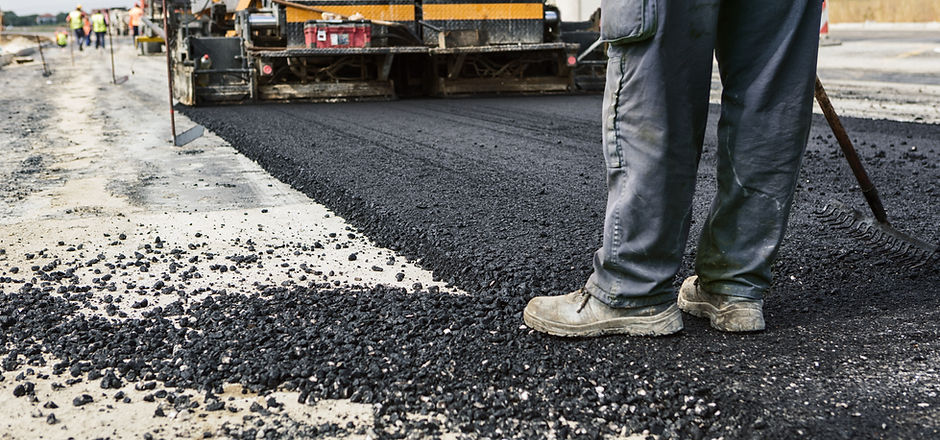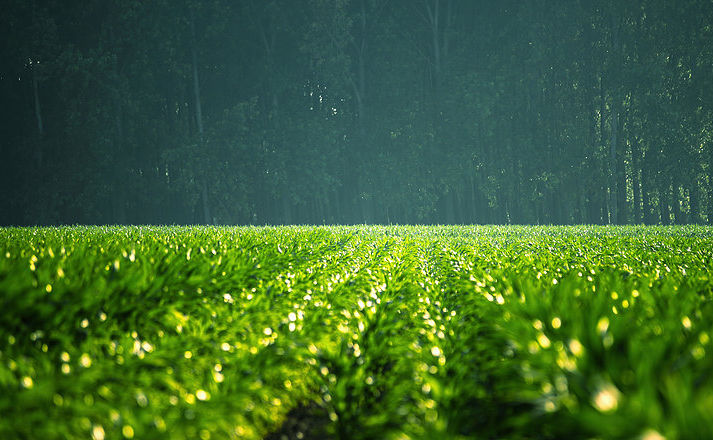ANYTHING SAND AND STONE
OUR SERVICES
WASHED RIVER SAND
Washed River Sand is a premium grade clean river sand that is ideal for use in any application where a clean coarse sand is required.
Washed River Sand is Suitable for mortar, concrete, render, grout mixes, fish tanks, hobby modelling, agricultural uses, Long-jump pits and children’s playgrounds, and horse arenas.
Tilers use it to bed tiles shower trays & baths.
Our washed river sand can be washed to your specific requirements. We can add a double wash screen for finer particles used in tile manufacturing.


PIT SAND
Pit Sand (Coarse Sand or Badarpur)
Pit sand is obtained by forming pits into soil from ‘Quarries’. It consists of sharp angular grains which are free from salts. It is coarse sand which is usually used in concreting and has grey colour to it.. This product is ideal for brick and block laying, binding and ducting
GRAVEL
Gravel is a loose aggregation of small water-worn or weathered stone or coarse sand. Composed of unconsolidated rock fragments that have a general particle size range including granular to pebble.
A cubic yard of gravel weighs approximately 2500 lbs = about 1.25 tons. Gravel may be used as a concrete blend, and is suitable bedding for pathways and driveways due to its drainage properties.


AGGREGATE BASE COURSE
Aggregate Base Course often referred to simply as ABC, has certain desirable properties. Base Course in pavements refers to the sub-layer material of an asphalt roadway and is placed directly on top of the undisturbed soil so as to provide a foundation to support the top layer(s) of the pavement. It is typically made of a recipe of different sizes and quality of aggregate rock inclusive of 3/4 in (19.05 mm) to fine dust. An aggregate is normally made from newly quarried rock, or it is sometimes allowed to be made from recycled asphalt, or Portland cement concrete.
Aggregate Base is used as the base course under asphalt pavement roadways, under Portland cement concrete slabs and structural foundations, and as backfill material for underground pipelines and other underground utilities within a roadway. It is placed by means of attentive spreading and compacting to a minimum of 95% relative compaction, thus providing the stable foundation needed to support a pathway, foundation, driveway or roadway.
The Sub-Base is the layer of fine chipped aggregate material, typically Crusher Fines, which is laid above the ABC. The thickness of the sub-base can range from 3/4″ – to 1″ for garden paths and 2″ inches for driveways and public footpaths, depending on anticipated traffic.

CONSTRUCTION
Construction sand is a fundamental raw material used primarily by the construction and paving industries. Combined with gravel they take the form of aggregate in concrete, Portland cement, asphalt, mortar, and plaster. Construction sand can be used alone as “fill” in the construction of building foundations, and a wide range of other applications.
Sand for Construction Works
Different construction works require different standards of sand for construction.
• Brick Works: finest modulus of fine sand should be 1.2 to 1.5 and silt contents should not be more than 4%.
• Plastering Works: finest modulus of fine sand should not be less than 1.5 and silt contents should not be more than 4%.
• Concreting Works: coarse sand should be used with finest modulus 2.5 to 3.5 and silt contents should
not be more than 4%.
Aggregates for Construction use
Aggregates are used in construction to provide drainage, fill voids, protect pipes, and to provide hard surfaces. They are also used in water filtration and sewage treatment processes. Water will percolate through a trench filled with aggregate more quickly than it will through the surrounding soil, thus enabling an area to be drained of surface water. This is frequently used alongside roads in order to disperse water collected from the asphalt surfacing.
Concrete
Concrete is a mixture of aggregates, cement and water. The purpose of the aggregates within this mixture is to provide a rigid skeletal structure and to reduce the space occupied by the cement paste. Both coarse aggregates (particle sizes of 20 mm to 4 mm) and fine aggregates (particle sizes less than 4 mm) are required but the proportions of different sizes of coarse aggregate will vary depending on the particular mix required for each individual end use.
Asphalt and roadstone
This category includes not just roads, but also pavements, airport runways, school playgrounds, car parks, most footpaths or cycleways, and other similar structures. Although each type of structure will require some variation in the material, it is useful to look at the basic structure of roads because they represent the bulk of the aggregate use in this category.
Mortar
Mortar consists of sand, cement and water. In some circumstances lime may also be added, together with admixtures (chemicals to control setting and workability) and/or pigments if required. They are used to bond bricks or concrete blocks together in walls and to provide weather protection (known as rendering). There are also types of mortar that can be used as internal plasters but these should not be confused with the more normally used, gypsum based, plasters.
Railway ballast
A fully loaded train weighs a considerable amount (> 2 000 tonnes), added to this is the weight of the track itself and the sleepers it rests on. It soon becomes obvious that a very tough aggregate is needed to support this weight and distribute the load of a passing train to avoid serious damage to the ground, or other structures, underneath. Similarly the railway track and sleepers must be held in place firmly and not move as a train passes along them.
Glass
Glass is made from melting silica sand at a high temperature, in the presence of sodium as a flux. The molten glass, at approximately 1000ºC is poured continuously from a furnace onto a shallow bath of molten tin, where it spreads out evenly. It is then cooled quickly before crystallisation can occur.

EQUESTRIAN
We have consulted with various trainers and veterinarians in Harare to ensure that our sand is providing the optimal protection to the riders and horses. Gradation is the key factor when selecting proper sand for horse and arena footing. The discipline you practice and the needs you feel are important will determine the gradation of the sand footing you need. A proper arena sand helps cushion the joints and cartilage, while at the same time provides the optimal feel you desire. At Sandman we produce our own sand and we can custom blend the proper gradation according to your specific needs.
Key Benefits of our products:
•Protection
•Traction
•Cushion
•Improves Drainage
•Reduces Dust

GOLF
Generally, there are four major areas that must be considered when evaluating bunkers. These are sand selection, architecture, construction, and maintenance.
Selecting the proper sand for bunkers is arguably the most difficult of these four areas. The makeup of the sand strongly impacts maintenance and playing quality. The sand can also influence the architecture and style of construction of bunkers.
There are seven factors that should be considered when selecting the sand.
•Particle size
•Particle shape and penetrometer value
•Crusting potential
•Chemical reaction (pH) and hardness
•Infiltration rate
•Colour
•Overall playing quality
All of our Golf course sand is washed numerous times through our classifier to maintain consistency and meet specs. We currently sell USGA spec bunker sand, used mainly for sand traps and aeration purposes, a medium sand, for most topdressing apps, and our ultra Fine sand, used mostly by courses with Championship greens and dwarf Bermuda.
These products have been made to meet the specifications of some of Harare’s well respected Superintendents. We appreciate and value their opinions and with their help we have been able to produce a quality topdressing sand capable of maintaining beautiful greens, tee boxes and fairways.
We are also capable of custom blending our sand to your specific applications, and are more than willing to work with any golf course and its staff to come up with a special product to meet their needs.

LANDSCAPING
There are very few landscape projects that don’t require sand. It’s a critical component in every concrete and mortar mix, it’s ideal for creating a level surface on which to lay pavers, and to sweep between the joints when you’re finished. Sand is perfect as a drainage material, and it’s great for the kids to play in, too.
But you should decide what type you need as the different forms have different uses. Select the right one and your job will be a whole lot easier, not to mention more professional.
Washed sand
Description: Washed sand feels fine and soft to touch. It has a very consistent particle size, runs easily when dry and is generally a white or yellowy-white colour.
Uses: Perfect for sweeping between your paving stones or in a sandpit for the kids. It’s also a component of concrete, sand cement and render mixes.
River sand
Description: Fine river sand feels quite like washed sand, while coarse river sand has a fine, yet pebbly, feel. Generally both will be darker than sharp or washed sand and they have a very mixed particle size.
Uses: Coarse river sand is used as a paving base. Fine river sand is swept between pavers when dry.
Brickie’s sand
Description: Brickie’s sand has a slightly sticky look and feel when damp and forms lumps when dry. It can leave colour on hands or clothes due to its clay content.
Uses: A major component of brick- and block-laying mortar and bagging for walls. It’s available in yellow and white to allow for different mortar colours.
Propagating sand
To obtain great results when striking cuttings, use propagating sand or a blend made primarily from this sand. Although the composition varies with the SUPPLIER, propagating sand is about 95 per cent washed and sterilised river sand with added coarser material, such as fine gravel. Don’t confuse it with propagating mix, which has extra additives such as compost and expanded vermiculite.
Description: It has large particles, like coarse river sand, with small pebbles visible.
Uses: Good for striking cuttings or as a primary component of propagating mix.

AGRICULTURE
Sandman offers a premium agriculture river sand product that meets specifications between 0.5mm-1.5mm.
Our product is clean and free of soil particles, silt, and stones, making it easy to wash and reuse. This product flows easily for pumping and allows for proper drainage. This also acts as an excellent growing medium once placed onto the field. We have a consistent source and can supply you with a high quality product.
Sand Culture of seedlings.
Seedlings grown in soil are often destroyed in large numbers by soil-inhabiting fungi. These seedling diseases, usually known as damping-off, are especially common in the greenhouse under seedbed conditions.
This type of sand is used in many different seedling beds i.e. tobacco, and is used for drainage to increase root depth and strength increasing leaf size when the plant is older.
Theoretically, washed river sand is an ideal medium for the growth of disease free seedlings. It contains practically no materials of an organic nature, thereby prohibiting fungus growth.
It has been known for some time that plants can be grown in pure sand provided certain food materials are properly added.
Sand is also commonly used in the propagation of cuttings. In this case the nutrients stored in the plant stem are sufficient for growth of new roots, shoots and leaves.
